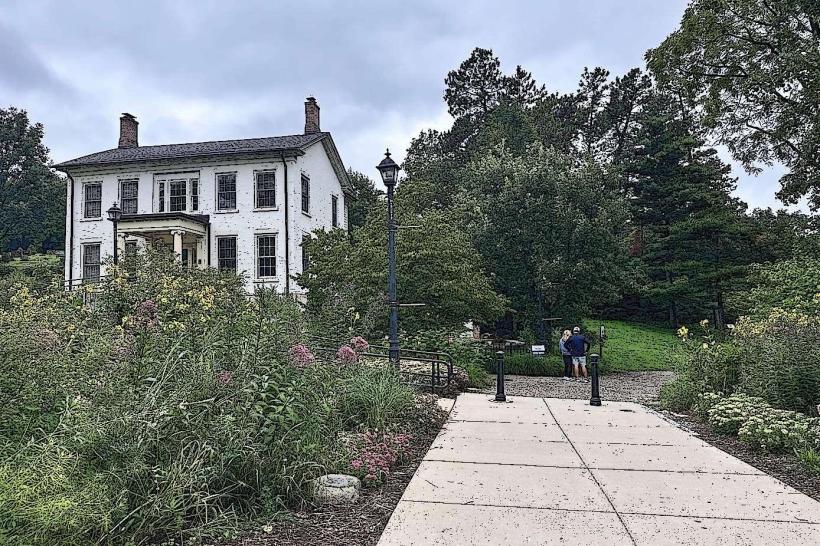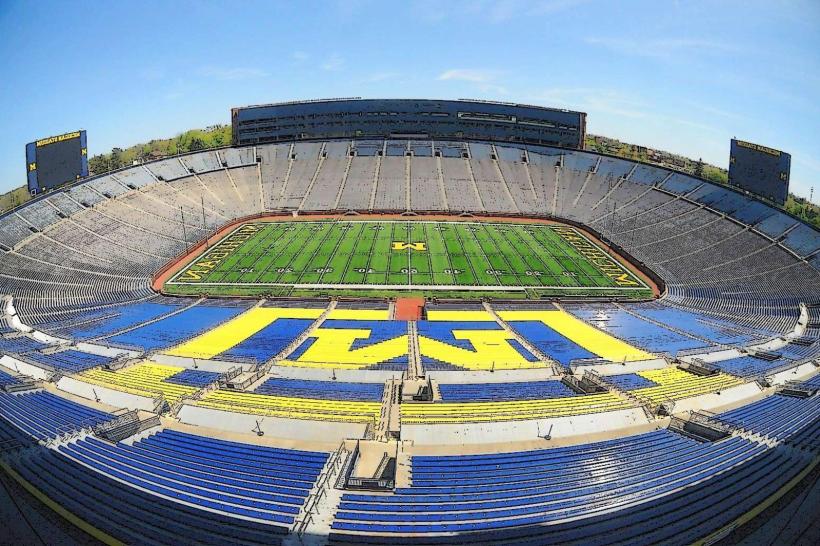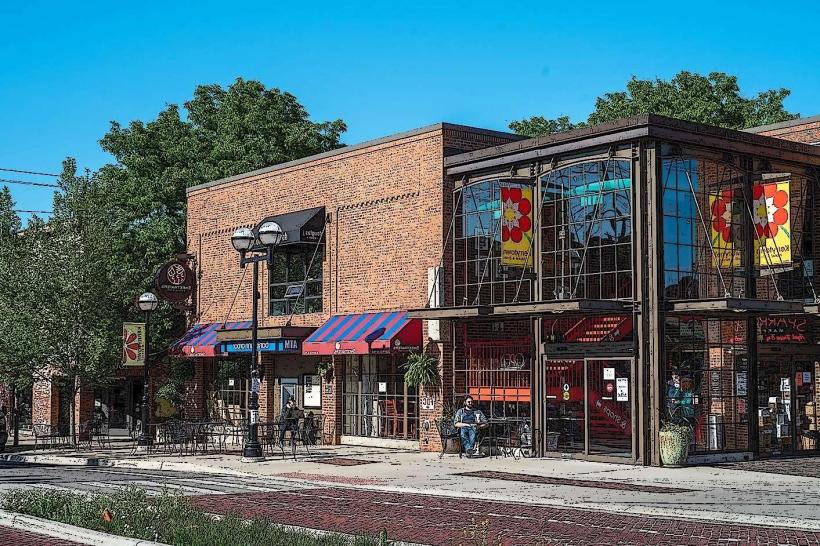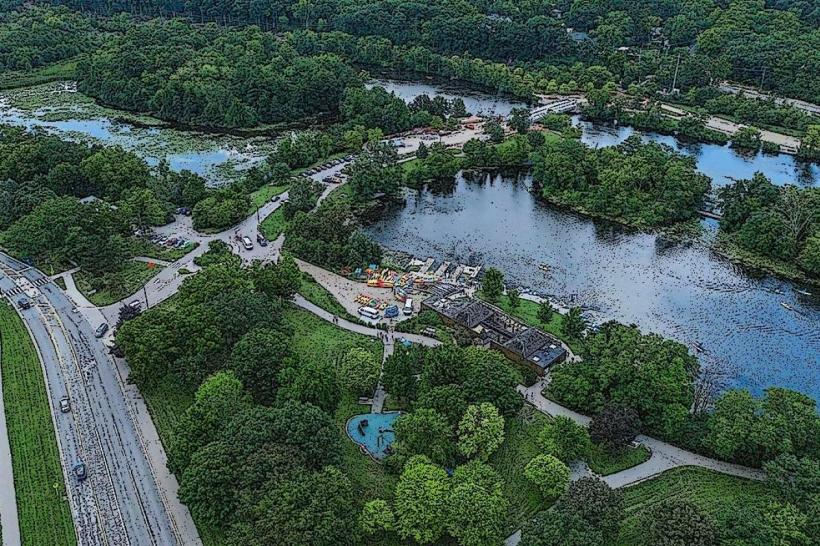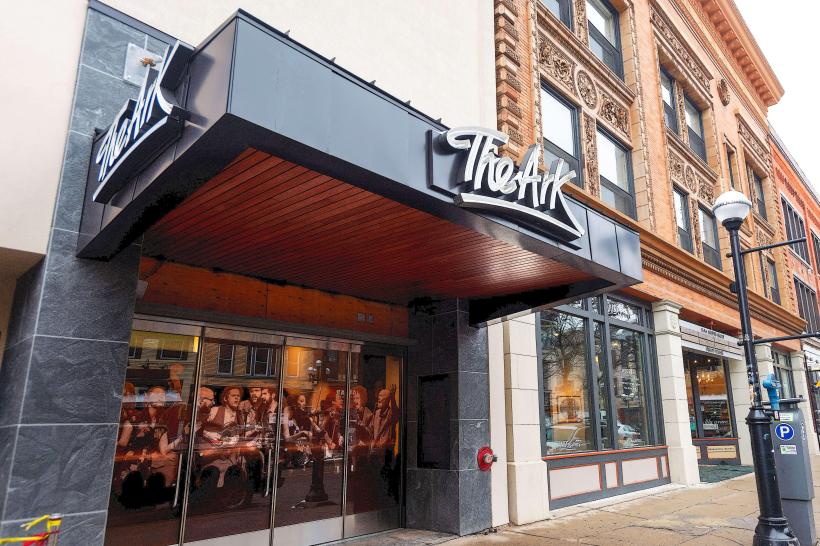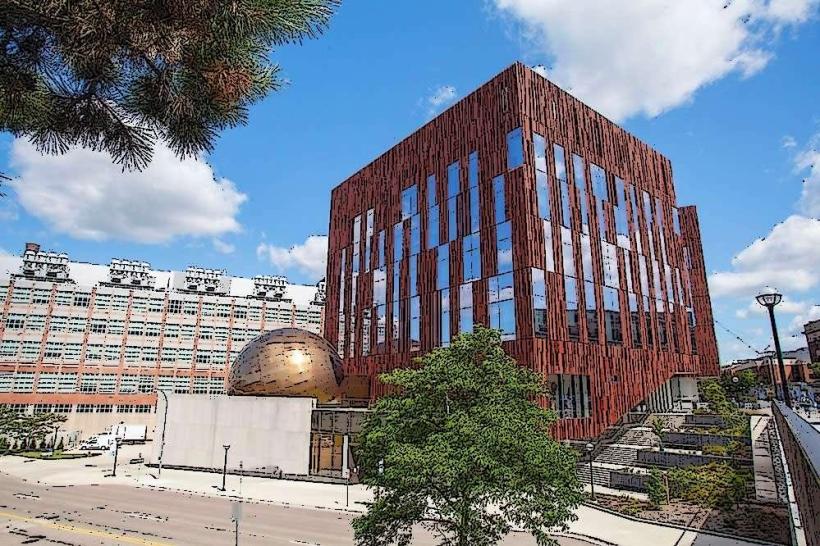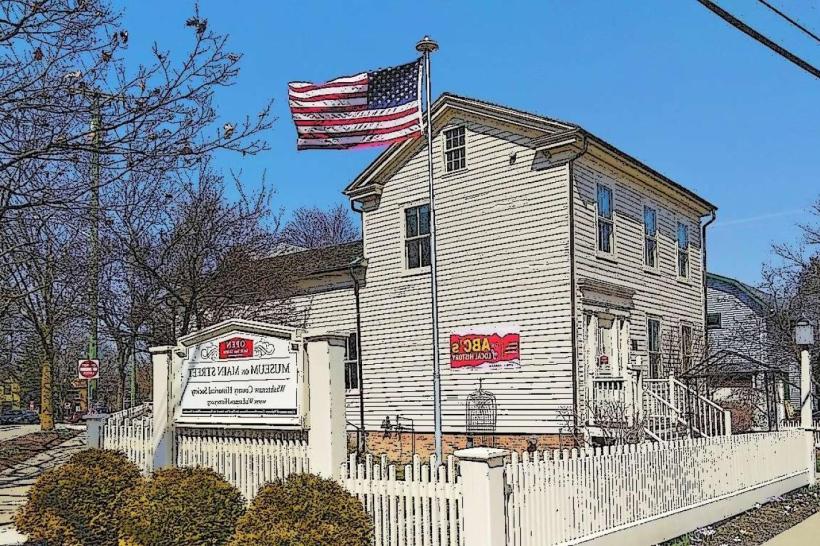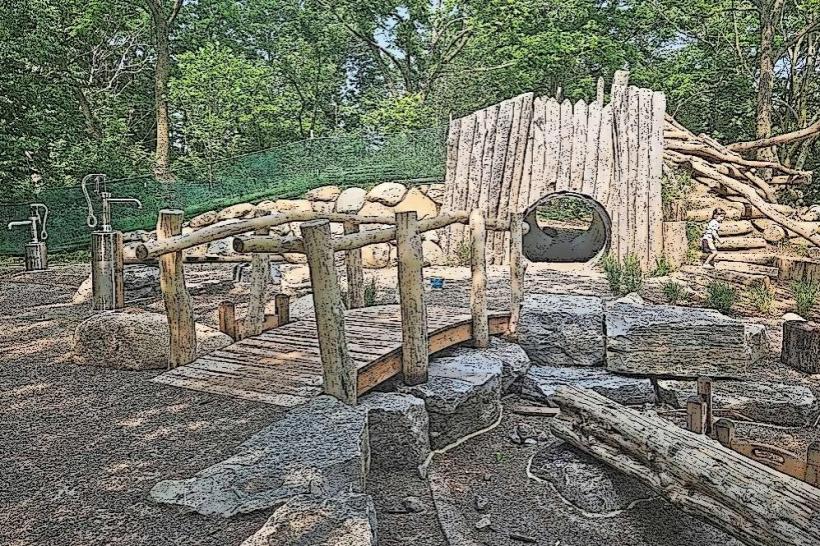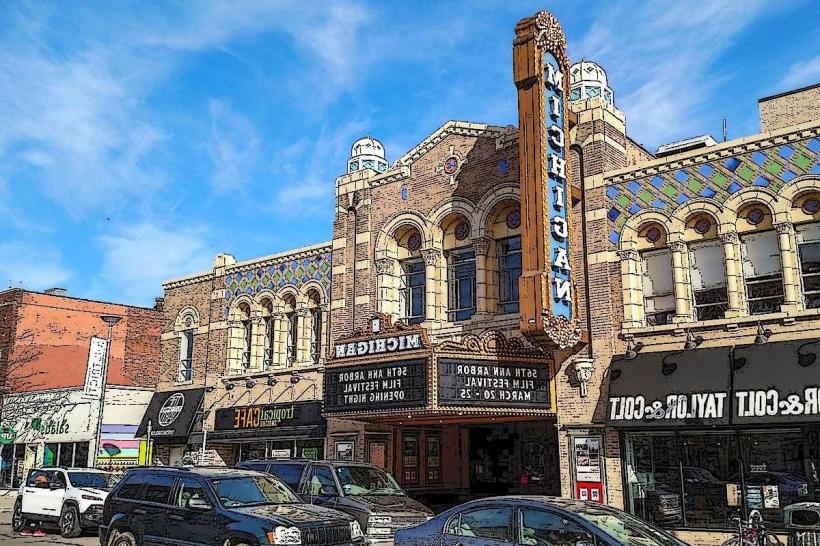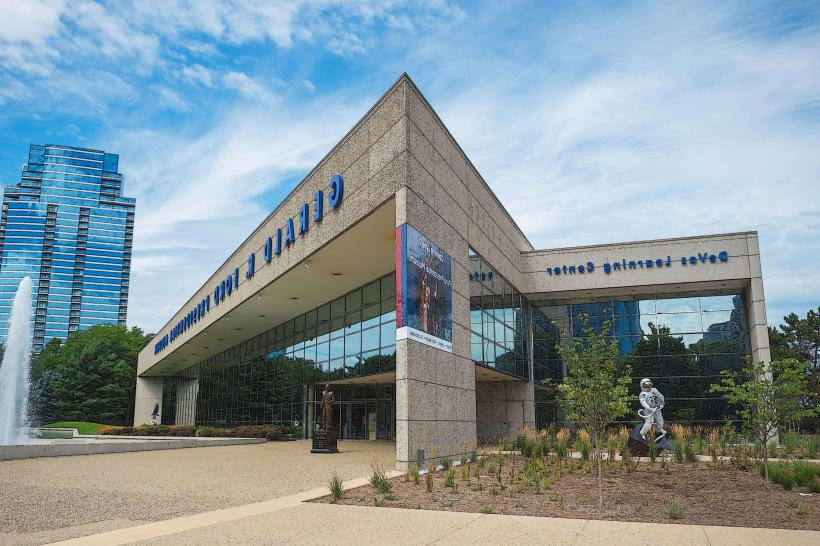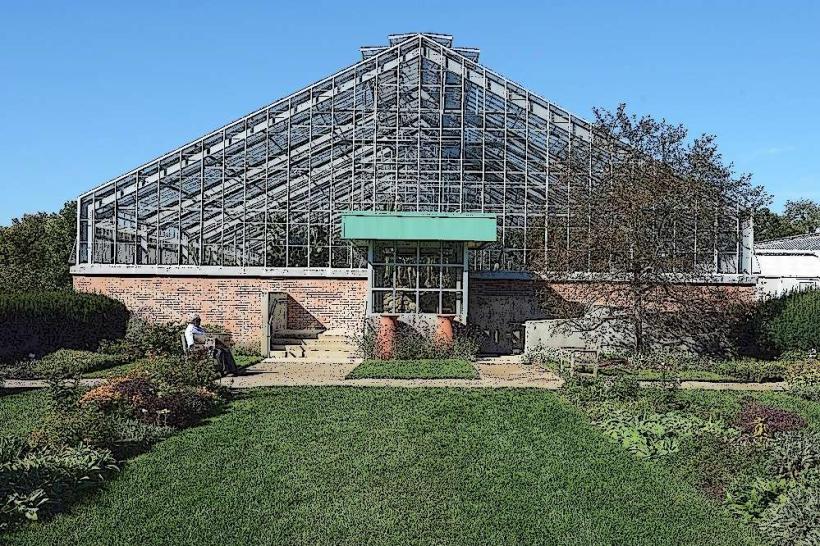Information
Landmark: Huron RiverCity: Ann Arbor
Country: USA Michigan
Continent: North America
Huron River, Ann Arbor, USA Michigan, North America
Overview
I think, The Huron River winds for about 130 miles through southeastern Michigan, starting in the quiet, marshy Huron Swamp near Springfield Township in Oakland County and running southeast until it spills into Lake Erie just outside Rockwood, and the river winds through five counties-Oakland, Livingston, Washtenaw, Wayne, and Monroe-and flows past towns like Ann Arbor, Ypsilanti, and Dexter, carrying with it the lifeblood of the region’s geography, ecology, and culture.The Huron River winds gently downhill, dropping about 446 feet from its quiet source to the point where it meets the lake, while the gentle slope creates a gradual-moving river, where quiet pools give way to the occasional mild rapid, inviting everything from kayaking to lazy afternoon fishing.The watershed sprawls across more than 900 square miles, fed by 24 major tributaries that weave together a complex, vibrant ecosystem where you might catch the glint of darting fish in clear shallows, as a result the river winds along its course until it hits 19 dams, each one breaking the flow like a hand pressed against water.Just so you know, Many of these were built decades ago to serve industry, from turning the wheels of historic grain mills to feeding power into early electric lines, along with these dams have formed several ponds-like Barton Pond with its quiet ripples and Argo Pond’s lively shoreline-that draw people for recreation and provide habitat for wildlife, yet they also alter the river’s natural flow and the life within it.The Huron River watershed teems with life, from darting minnows in its clear shallows to towering oaks along its banks, sustaining a wide range of species, in addition more than 90 kinds of fish swim in its waters, from sleek smallmouth bass and golden-eyed walleye to whiskered channel catfish and shimmering trout.The nearby wetlands and forests teem with life, sheltering beavers, muskrats, raccoons, and white-tailed deer that rustle through the underbrush, as well as along the riverbanks and across the wetlands, birds find places to nest and feed-great blue herons stalking the shallows, and flocks of waterfowl drifting in to rest.The wetlands along the Huron River are vital to the ecosystem, sheltering herons and filtering the water that flows past cattails, at the same time they work like nature’s own filters, clearing the water by catching silt and pollutants, and they stand as buffers, soaking up floodwaters when heavy rain falls or snow melts in spring.Natural floodplains absorb excess water, easing the strain on nearby towns and keeping the watershed thriving, like a sponge slowly releasing rain into the soil, meanwhile recreation and Public Access The river draws people from across southeastern Michigan, where they kayak its calm bends, fish from shady banks, and enjoy one of the region’s most beloved outdoor escapes.The Huron River Water Trail, a 104-mile ribbon of winding current, has been named an official National Water Trail, besides paddlers can follow this trail through quiet, glassy stretches ideal for first-timers, then push on to churning rapids near Delhi and Dexter where seasoned kayakers and canoeists thrive.Along the river, public parks offer easy access and plenty of ways to enjoy the outdoors, as a result Gallup Park in Ann Arbor, spread over 69 acres, has a canoe livery, boat launches, picnic tables under shady trees, playgrounds, and trails that weave through its natural landscape.If I’m being honest, Artificial islands dot the park, linked by winding paths that lead past quiet ponds and shaded benches, while argo Park & Nature Area in Ann Arbor rents kayaks and canoes, drawing paddlers who slip into the river’s calm water from its easy launch point.Just down the river, the Argo Cascades churn with whitewater, giving kayakers a thrilling ride and adding rocky pockets where fish can shelter, and lower Huron Metropark in Wayne County offers hiking and biking trails, shady picnic spots, canoe-in campsites, and splashy fun on its water slides, drawing families and outdoor lovers alike.Anglers love the river for its rich fishing spots, with easy pull-offs along the banks where you might hear the splash of a trout breaking the surface-perfect for both weekend casts and serious sport, then for generations, the Huron River has shaped life along its banks, carrying stories as steadily as its clear, chilly water.Long before modern towns appeared, Native American tribes traveled the river by canoe, trading goods along its banks, fishing its crisp waters, and gathering what they needed from its shores, to boot in the early 1800s, as Europeans settled the area, the river’s current drove mill wheels and helped shape current towns-most notably Ann Arbor, founded beside its banks in 1824.As it happens, Today, the river still draws people together, holding its area between the hum of novel buildings and the quiet rustle of willow trees, to boot in Ann Arbor, Ypsilanti, and nearby towns, teams have kept the river open to the public, safeguarded its wetlands, and added trails and picnic spots where people can pause to take in the shimmer of sunlight on the water, somewhat Truthfully, Despite all it gives the community, the Huron River still struggles with pollution and other environmental strains, subsequently water quality has taken a hit from pollution spilling out of factories, farms, and city streets, carrying grime and chemicals downstream.As it turns out, One troubling example is PFAS-man-made chemicals that can linger in water and soil-putting both people and wildlife at risk, along with local groups and government teams keep a close watch on the river, tracking its condition, pulling trash from the banks, and spreading the word to cut down on pollution, a little Dams disrupt river life, breaking habitats into isolated patches and changing the water’s natural flow, sometimes leaving once‑swift currents sluggish and murky, as a result lately, several dams-including the Peninsular Paper Dam in Ypsilanti-have come down, part of restoration efforts to let fish swim freely again, return rivers to their natural rhythms, and bring life back to the water, where reeds sway in the current.Conservation groups like the Huron River Watershed Council lead the charge-organizing projects, pushing for sustainable management, and drawing neighbors into hands‑on riverbank clean‑ups, therefore the Huron River winds through southeastern Michigan, a landmark locals treasure for its rich wildlife, kayak-friendly waters, and deep roots in the region’s history.Not surprisingly, With its languid, steady current and broad watershed, it’s more than a vital natural resource-it’s a cultural anchor and a rallying point for conservation, like the quiet river bend where locals gather each summer, and thanks to steady environmental care and active community involvement, the Huron River still feeds lush wetlands and bustling riverside towns, where you might hear the splash of a heron or the chatter of a farmers’ market.
Author: Tourist Landmarks
Date: 2025-10-04

